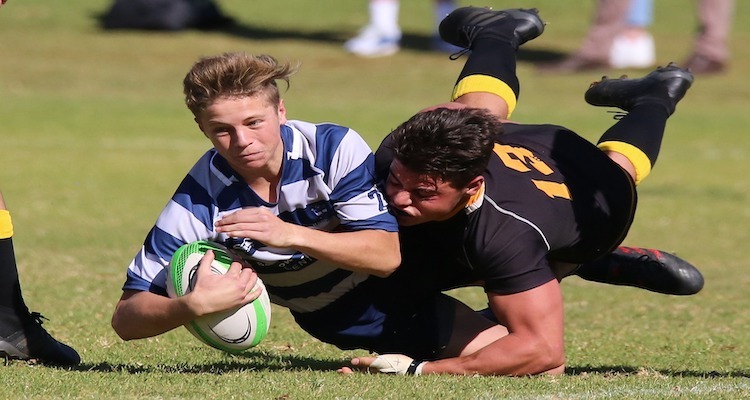
Rugby is considered to be a contact sport with a certain level of risk associated with it. It is a physical game that involves tackling, scrummaging, and other types of body contact, which can lead to injuries.
The risk of injury in rugby depends on several factors, including the level of competition, the age of the players, the skill level, and the adherence to proper technique and safety guidelines. In general, injuries in rugby tend to be more common at higher levels of competition and in younger age groups, where players may be less experienced or have less developed physical attributes.
Common injuries in rugby include sprains, strains, fractures, dislocations, and concussions. However, it's worth noting that while rugby does have a certain level of risk associated with it, the incidence of serious or catastrophic injury is relatively low when compared to other contact sports like American football.
To help minimize the risk of injury, rugby has implemented a number of safety measures and regulations, including rules governing tackling and contact, concussion protocols, and mandatory use of protective equipment like mouthguards. In addition, coaching and training programs emphasize proper technique and injury prevention strategies.
Rugby is a physical contact sport that involves a high degree of physical contact and intense physical activity, which can lead to a range of injuries. Here are some of the most common injuries seen in rugby:
To help prevent and manage these injuries, rugby teams often have medical staff on hand to provide immediate treatment and rehabilitation programs to help injured players return to the game as quickly and safely as possible.
There are many examples of famous rugby players experiencing injuries throughout their careers. Here are a few examples:
There are also many famous rugby league players who have experienced injuries throughout their careers. Here are a few examples:
These examples show that injuries are a common part of rugby league, just as they are in rugby union, and that even the best players in the world are not immune to them. However, with proper treatment and rehabilitation, many players are able to recover and continue playing at the highest level.
This is just some general advice and examples of rugby injuries. While this general information is helpful it is always best to consult a qualified sports medicine consultant to get bespoke physical preparation, and injury rehabilitation advice. If you are after a physiotherapist, sports massage therapist, chiropractor, or need to find a sports injury clinic you can search for them on our directory.
